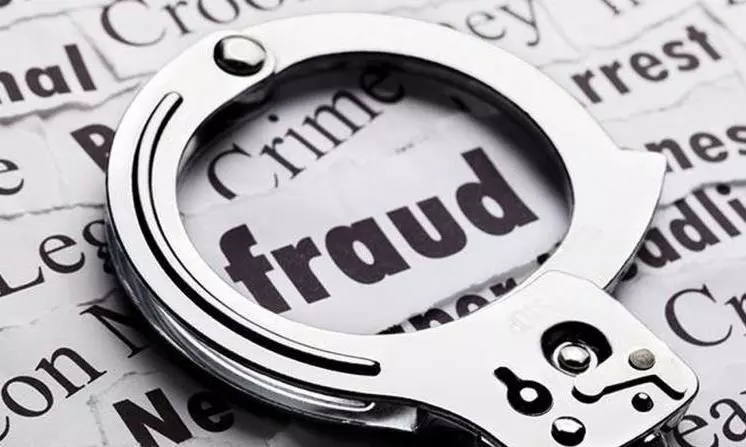Fake registration drive: GST officers detect 10,700 bogus firms, over Rs 10k cr evasion

Tax officers have detected around 10,700 fake registrations under the GST, involving evasion of Rs.10,179 crore in the ongoing all-India drive against fake companies set up to defraud the exchequer. (Representational Image)
New Delhi: Tax officers have detected around 10,700 fake registrations under the GST, involving evasion of Rs 10,179 crore in the ongoing all-India drive against fake companies set up to defraud the exchequer, a senior official said on Tuesday. Central Board of Indirect Taxes and Customs (CBIC) member Shashank Priya said Aadhaar authentication of GST registration is already in place in 12 states and by October 4, another four states would join.
Eventually, 20 states, including Madhya Pradesh, Rajasthan, Assam, Tamil Nadu, Uttar Pradesh and Haryana, will start Aadhaar authentication. Speaking at an Assocham event, Shashank Priya also said that in future, the tax authorities may also put certain restrictions on new taxpayers based on their risk profile.
"How many invoices they can issue in a month, we may also put some restriction on that in the future... We feel very pained at the misuse of the system. We have to use all methods that are at our command to ensure that those are stopped," he said.
The CBIC official also said that the government is taking targeted action to check fake GST registration and more physical verification is taking place. The second all-India drive against fake registration began on August 16 and will continue till October 15.
He said the tax authorities have identified 67,970 GSTINs. Of this, 59 per cent of the GSTINs or 39,965 have been verified as of September 22. Shashank Priya said, "27 per cent have been found to be non-existent. This percentage is almost similar compared to the last drive. We have detected evasion of Rs 10,179 crore. Blocked ITC of Rs 2,994 crore. Also, recovery of Rs 28 crore has been done (in the second drive till September 22)."
In the first drive against fake registration between May 16, 2023 and July 15, 2023, a total of 21,791 entities having GST registration were discovered to be non-existent. An amount of Rs 24,010 crore of suspected tax evasion was detected during the first special drive last year.
In the GST regime, there is a problem of data mismatches which is leading to more than one lakh show cause notices being issued last fiscal by tax officers, he said. "Going forward, we are proposing at some point in time, we have not decided when there will be a system to lock (GSTR-3B). But before that, we will make sure that all the areas, all the channels through which input tax comes they are reflected in the ledgers and returns so that they are populated to GSTR-3B and then it is locked. But that is for the future," Shashank Priya said.
He said going forward once the GSTR-1A and the Invoice Management System (IMS) stabilise, there would be no need for an edit facility of GSTR-3B. "Whatever figure goes in GSTR-3B that gets locked in. That would be an ideal situation for taxpayers and tax administration," he added.
GSTR-1A gives an option to taxpayers to amend outward supply or sales return form (GSTR-1), while GSTR-3B is used to pay taxes monthly. Separately, GSTN would start the IMS from October 1, which will facilitate taxpayers in matching their records/invoices vis-a-vis issued by their suppliers for availing the correct Input Tax Credit (ITC). IMS would enable taxpayers to efficiently address invoice corrections/ amendments with their suppliers through the portal.
During 2023-24, Shashank Priya said, 1,12,852 show cause notices were issued. The major areas of dispute are short payment of GST in GSTR-3B as compared to GSTR-1 liability, excess ITC availed in GSTR-3B, non-payment of GST under reverse charge mechanism, interest for late filing of GSTR-3B and GSTR-1, ITC availed beyond prescribed time limit, difference in taxable value in e-way bill issued and taxable value reported in GSTR-3B, and classification issues.
"Out of the seven major areas of disputes, 6 relate to data discrepancies. So if we can address data mismatches by use of technology, then we will be able to solve a lot of disputes and pain points of the taxpayer," he said.
Out of the 1.12 lakh SCN, only 555 pertains to classification disputes. "So policy level disputes are much less," he said, adding that the CBIC is analysing these classification disputes to see if any policy guidelines to address them.
( Source : PTI )
Next Story

